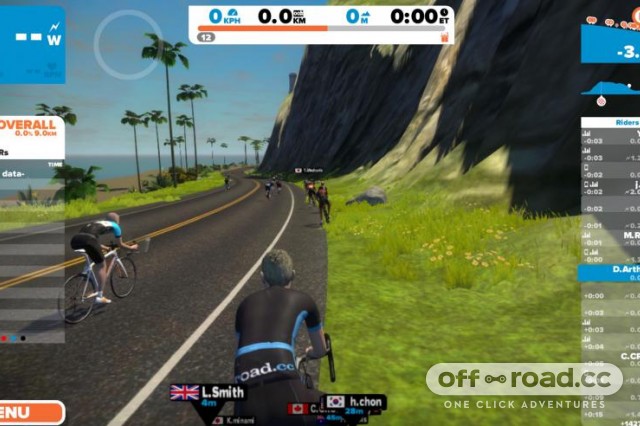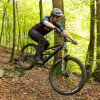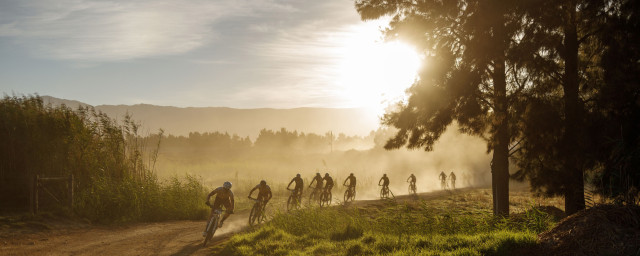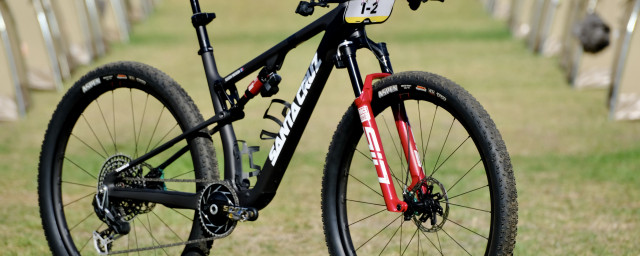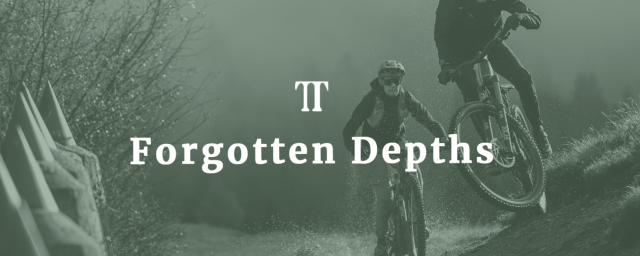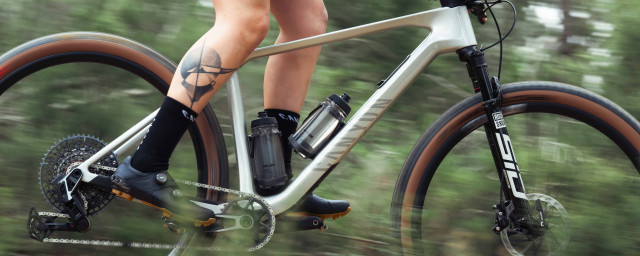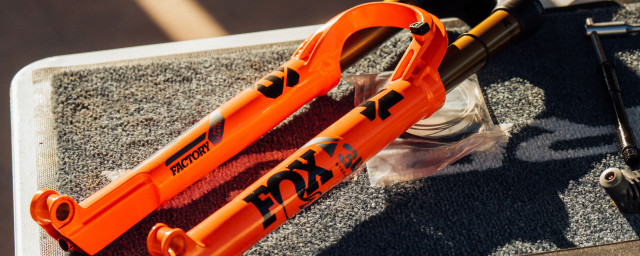Five ways to survive winter riding if you hate mud
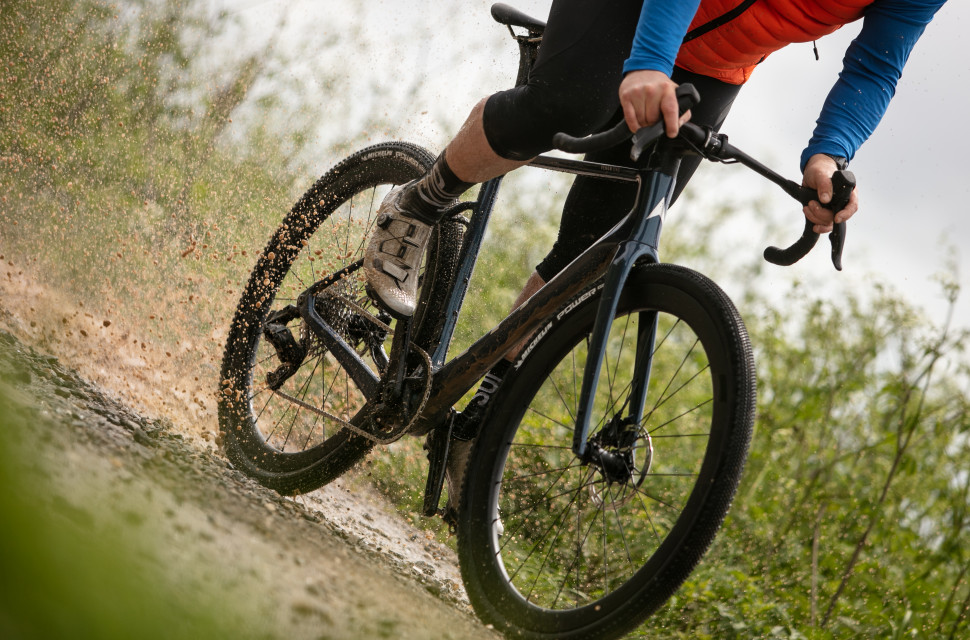
If you ride mountain bikes in the UK and large parts of Europe in general, winter can be a pretty tough time. It's universally soggy, frequently sloppy, often cold and definitely hard work from time to time. However, if a loathing of getting cold and covered in mud is sapping your will to ride, we've come up with some entertaining alternatives to not riding at all and turning into an unfit potato.
- The best mountain bikes you can buy for under £1,500 - full sus and hardtails
- Five things that weren't cool - until enduro happened
- Buyer's guide to mountain bike pedals - what's best, flats or clips?
So, if you can't face showering dirt from your most intimate places while slowly regaining feeling in your fingers in toes, these alternatives should keep you fit, entertained and even more skilled for once the weather gets better.
1. Get down to a pump track and learn some new skills
There comes a point in most cyclists' lives when they look at the yoof gracefully sending bike and body into the air, actually coming down with both the right side up and finding themselves filled with envy. Okay, so you're unlikely to ever enter Red Bull Rampage now but do not go gentle into that good night.
If you've still got some burning and raving left in you, get yourself down to a pump track. If you don't know what one is, then they're basically mini BMX-style tracks full of rollers, berms and jumps that are designed to be ridden without pedalling.
They're great for teaching you the essential skills of pumping and jumping - and despite the lack of pedalling, they're a pretty intense workout that'll help both your core strength and aerobic fitness. Even better, they're usually surfaced with gravel or tarmac so no mud to be found! Woo!
What do I need?
- A bike (a hardtail is ideal)
- A pump or BMX track (just Google for one nearby)
2. Stay indoors and give Zwift a go
If you've ignored the world of turbo trainers as excruciatingly tedious and something only the keenest of beans would want to do, you'd probably have been right for a long time.
However, Zwift (others are available, we like this one though) has drastically changed that, along with the latest generation of smart power trainers. Basically, you hook up your smart trainer to the Zwift software on a computer and then make your customisable virtual avatar cycle around the in-game courses.
As the in-game gradient changes, so does the trainer's pedalling resistance and speed of your avatar - sounds weird but it's surprisingly convincing and addictive. Add in the fact there are loads of other people to ride past (or be passed by), groups to cycle with or even race and it's a very interactive experience, considering you're at home and stationary.
That's in no small part due to how well it gamifies everything, with outfits, bikes, different routes and other rewards to be had the more time you spend using it, with regular challenges always coming up.
We particularly like the in-game 'structured workout' elements, where you can hurt yourself with some interval training, do a multi-week plan to improve your power output and loads more. It's not the cheapest option here, but it is one of the most likely to get your starting next summer fitter than last year. Zwift has also just released steering segments for mountain bikes and off-road training plans, too.
Check out:
- First Ride: Zwift's new mountain bike steering segment
- Virtual training gets dirty as Zwift introduces mountain bikes and steering
What do I need?
- Zwift subscription (£13 per month, one week's free trial)
- Smart power trainer (start from around £260 - see road.cc's recommendations here)
- A Mac, PC, Apple TV, iOS or Android device (plugging into a big screen is best)
- An electric fan or cool place to train (it can get very, very sweaty)
3. Go somewhere sunny instead
Jetting off somewhere warm for the entire winter is another viable option. For example, a quick check on Skyscanner shows us that you could fly from Bristol to Las Palmas in Gran Canaria next week for seven days for £156. Add in another £90 for your bike (or just hire one there) and you could be enjoying the gravel or mountain biking in the stunning centre of the island or mooching along by the seaside in 19ºC weather.
Alternatively, nice is nice this time of year – and there's no shortage of amazing riding in the nearby Maritime Alps. You can go from London to Nice on the same dates for the same length of time for a trifling £118, though Ryanair's £75 for your bike to come along too is a bit less of a steal. Either way, you get to hang out on the Riviera in 13ºC weather, which isn't too shabby, and you won't be standing in a pool of sediment when you have your post-ride shower.
What do I need?
- A flight (or drive) somewhere warm
- A bike
- Somewhere to stay (if it's warm enough, a bikepacking bivvy is very cheap)
4. Try some cross-training
Cycling is obviously extremely good for you, but there's no harm in mixing it up a little. For example, heading to an indoor climbing wall and doing some bouldering is good fun and also helps arm, core and grip strength as well as coordination, all of which are very useful when you're back on the bike.
Alternatively, regain some flexibility by doing some yoga or pilates, which you should really be doing anyway, or just go for it completely and take up kickboxing or ballroom dancing. It's amazing how much mixing it up can benefit your bike riding, plus none of those sports require you to get undressed before you enter the house because you're so caked in mud.
Check out:
What do I need?
- Nothing but yourself
5. Buy some really good winter clothes
Okay, so there's nothing more annoying than that chopper on a group ride who tells you that 'there's no such thing as bad weather, just bad clothing' when you're steadily slipping into hypothermia, but there's a solid nugget of truth in that.
If you can stay warm, dry and comfortable during a ride, then the slip-sliding pleasures of winter riding become more apparent and make the multi-hour bike and body cleanup more acceptable.
It's worth spending a bit of cash on one of the best mountain bike jackets, preferably a waterproof one – hell, this is the northern hemisphere after all, so you're going to get your money's worth, even in summer – as the difference in breathability and all-around comfort between bargain basement and high zoot is astonishing.
The same goes for gloves, socks (whether woolly or waterproof), shorts, tights and trousers. As a minimum, a quality jacket, decent waterproof shorts, comfy bib tights or 3/4s and some cosy socks are the bare minimum you'll need, along with a decent base layer. We also like a nice pair of clear lens glasses (or goggles) to keep the filth out of our eyes.
Check out:
- Five tips to make winter cycling easier
- Buyer's Guide to Winter Kit
- The best winter mountain bike gloves you can buy - tried and tested
What do I need?
- Quality waterproof jacket
- Decent waterproof shorts
- Warm bib tights or 3/4s
- Base layer
- Winter gloves
- Clear lens glasses or goggles
- To toughen up a bit
6. Get some good mudguards
Kitting yourself out with the best winter clothing is one step to combat filth but the first defence against airborne muck is a good mudguard (or pair of). Mudguards come in many shapes and sizes these days and they can be fitted to your bike in a number of ways, either using zip-ties, strips of Velcro or they can be bolted into your fork's bridge.
As mudguards come in varying sizes, from the absolute minimal to those that almost completely wrap your wheel, they can offer different levels of protection. Smaller mudguards are best used if you're looking to keep mud or water out of your face which is ideal if you hate riding with glasses. Larger mudguards are better if you're looking for the most protection possible in order to keep mud from flinging itself onto your body, or you're looking to keep your GoPro clear of dirt.
The same goes for rear mudguards where small guards do a great job of keeping your suspension linkage clear, whereas larger ones keep mud from working its way up your back.
7. Get some decent winter boots
Keeping your extremities dry is a key aspect of keeping comfortable during those cold and wet rides so do yourself a favour and get some good winter shoes. Yes, they're expensive but nothing beats smashing through puddles weekend in, weekend out and having dry feet at the end of it. You could go one step further and choose some insulated shoes which will warm things up further. Of course, another benefit of this is that you won't have to spend any time drying the shoes after the filthiest of rides.
If a fresh set of the best mountain bike shoes for winter is a bit too rich for your blood, there are other ways around wet feet. You could buy some waterproof socks or if you're really looking to skimp, wrap your feet in plastic bags before sliding them into your usual pair of riding kicks.

